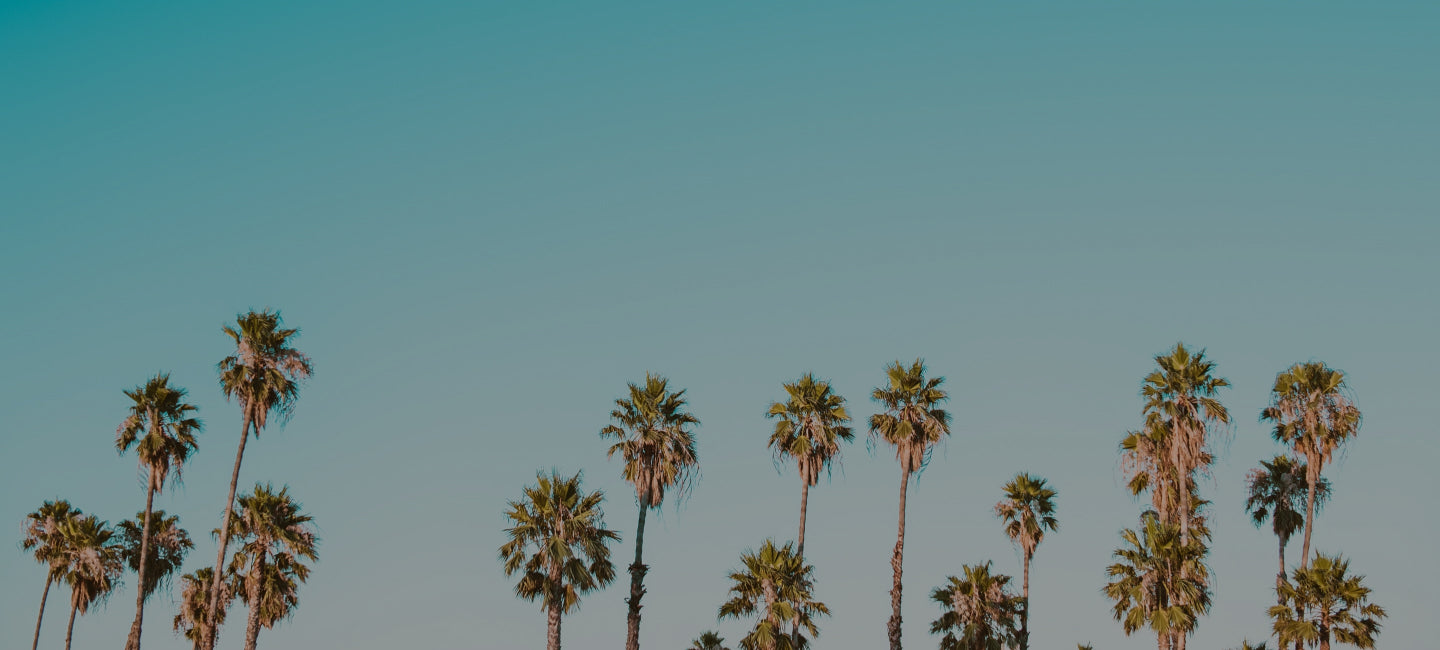A BRIEF HISTORY OF SOUTH CENTRAL
Black people began moving to Los Angeles in large numbers in the first half of the twentieth century; in the 1940s, they flooded to the area in response to a labor demand in the automobile, rubber, and steel industries. But racially restrictive housing covenants written into property deeds ensured that the city was segregated. In this period, South Central LA was one of the only areas where black people were allowed to buy. Even after the covenants were declared unconstitutional in 1948, a practice known as “redlining” still made it almost impossible for a black person to obtain a bank loan or insurance policy.
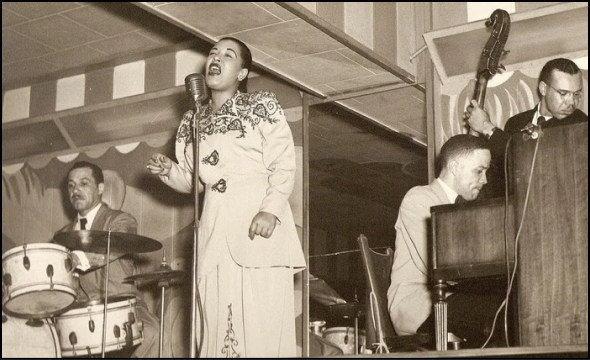
A BLACK CULTURAL HUB
In response to these sanctions, black people did what they do so well and created a thriving community. It was the heyday of Central Avenue as a Jazz District, known as the West Coast Harlem. Restaurants, music venues, and nightclubs stretched all the way from Pico to Slauson between the 1920s to the early 1960s. Places like the Lincoln Theater and Club Alabam made history. When jazz luminaries like Billie Holiday, Duke Ellington, Ella Fitzgerald, and Lester Young visited Los Angeles, they would stay at the Dunbar Hotel, at 43rd and Central.
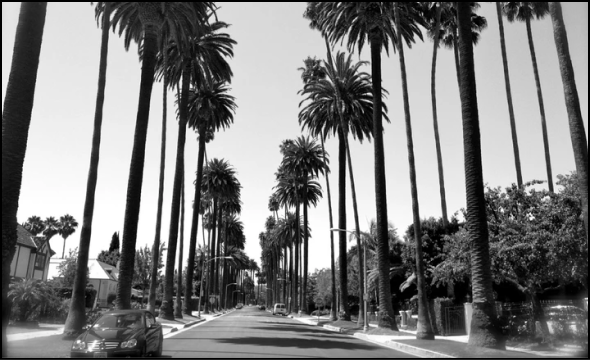
A THRIVING NEIGHBORHOOD
With the rise of manufacturing jobs, West Adams, Leimert Park and Baldwin Hills became middle-class and upper-middle-class African American areas. Along with neighboring View Park and Ladera Heights, Baldwin Hills — with its mansions and stately homes (often featuring the work of notable architects) — became one of the wealthiest African American neighborhoods in the United States. South Central was an urban oasis, with gorgeous palm- and pine-tree-lined streets. In 1984, the Kenneth Hahn Park — a 401-acre parkland in the middle of South Central LA — was established, one of the only parcels of land protected from development. This community and its park were built on sacred ground, formerly the homeland of the Tongva people, who’d inhabited it for over 8,000 years.
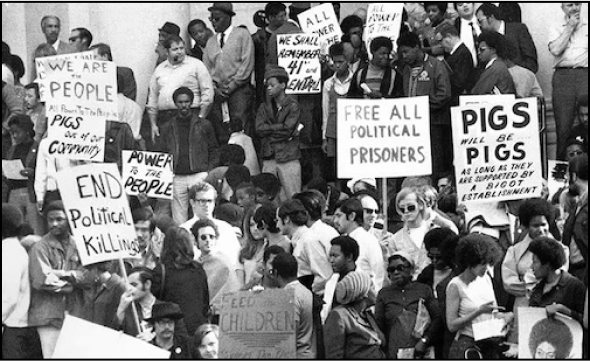
A POLITICAL EPICENTER
South Central Los Angeles was an epicenter for the international Civil Rights Movement. It was the stomping ground of the greatest black leftists of all time. Members of the Black Panthers, the Congress of Racial Equality, the Los Angeles Urban League, the Anti-apartheid Movement, and the Communist Party all lived here. The significant community uprisings of 1965 and 1992 were a response, in part, to the systematic destruction of the black family structure with the killing of the Black Panthers, Malcolm X and Martin Luther King Jr., the closing of factories, loss of middle-class jobs, the introduction of crack cocaine by the federal counterintelligence program (COINTELPRO) and the establishment of a prison industrial complex.
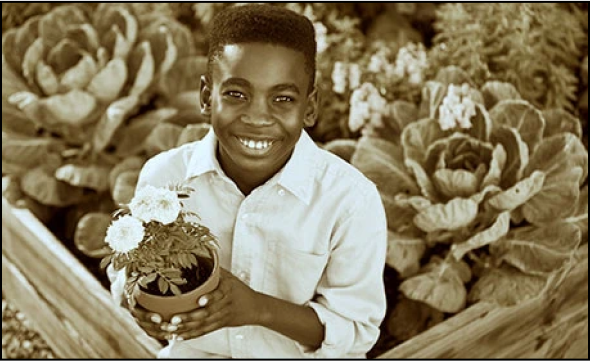
A PROUD LEGACY
Based on the 2010 census South LA was at that time 64% Latino and 31% African-American. As a result of the development of the Crenshaw Corridor, USC, The Coliseum and the new Banc of California Soccer Stadium, South Central Los Angeles today is a rapidly changing community. Home prices have skyrocketed bringing in new residents unfamiliar with the history and culture of the community. SLAC was created to welcome all residents of South LA and hold onto the deep roots of history in our beloved community!

A BLACK CULTURAL HUB
In response to these sanctions, black people did what they do so well and created a thriving community. It was the heyday of Central Avenue as a Jazz District, known as the West Coast Harlem. Restaurants, music venues, and nightclubs stretched all the way from Pico to Slauson between the 1920s to the early 1960s. Places like the Lincoln Theater and Club Alabam made history. When jazz luminaries like Billie Holiday, Duke Ellington, Ella Fitzgerald, and Lester Young visited Los Angeles, they would stay at the Dunbar Hotel, at 43rd and Central.

A THRIVING NEIGHBORHOOD
With the rise of manufacturing jobs, West Adams, Leimert Park and Baldwin Hills became middle-class and upper-middle-class African American areas. Along with neighboring View Park and Ladera Heights, Baldwin Hills — with its mansions and stately homes (often featuring the work of notable architects) — became one of the wealthiest African American neighborhoods in the United States. South Central was an urban oasis, with gorgeous palm- and pine-tree-lined streets. In 1984, the Kenneth Hahn Park — a 401-acre parkland in the middle of South Central LA — was established, one of the only parcels of land protected from development. This community and its park were built on sacred ground, formerly the homeland of the Tongva people, who’d inhabited it for over 8,000 years.

A POLITICAL EPICENTER
South Central Los Angeles was an epicenter for the international Civil Rights Movement. It was the stomping ground of the greatest black leftists of all time. Members of the Black Panthers, the Congress of Racial Equality, the Los Angeles Urban League, the Anti-apartheid Movement, and the Communist Party all lived here. The significant community uprisings of 1965 and 1992 were a response, in part, to the systematic destruction of the black family structure with the killing of the Black Panthers, Malcolm X and Martin Luther King Jr., the closing of factories, loss of middle-class jobs, the introduction of crack cocaine by the federal counterintelligence program (COINTELPRO) and the establishment of a prison industrial complex.

A PROUD LEGACY
Based on the 2010 census South LA was at that time 64% Latino and 31% African-American. As a result of the development of the Crenshaw Corridor, USC, The Coliseum and the new Banc of California Soccer Stadium, South Central Los Angeles today is a rapidly changing community. Home prices have skyrocketed bringing in new residents unfamiliar with the history and culture of the community. SLAC was created to welcome all residents of South LA and hold onto the deep roots of history in our beloved community!


